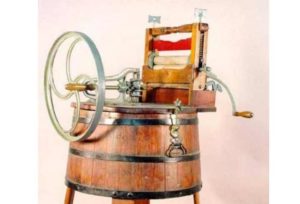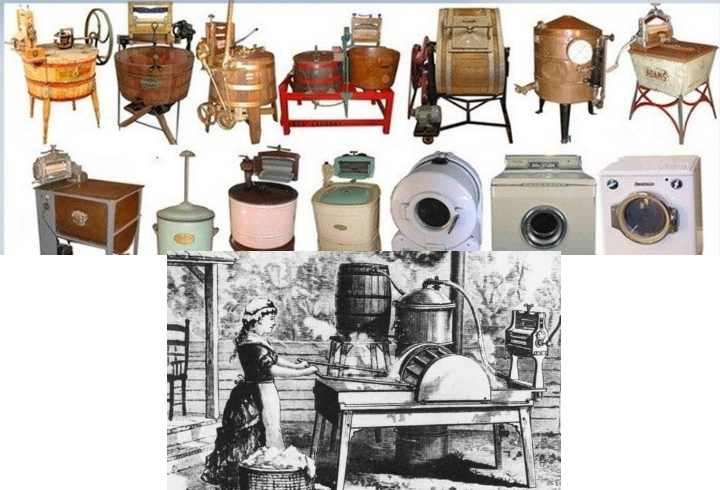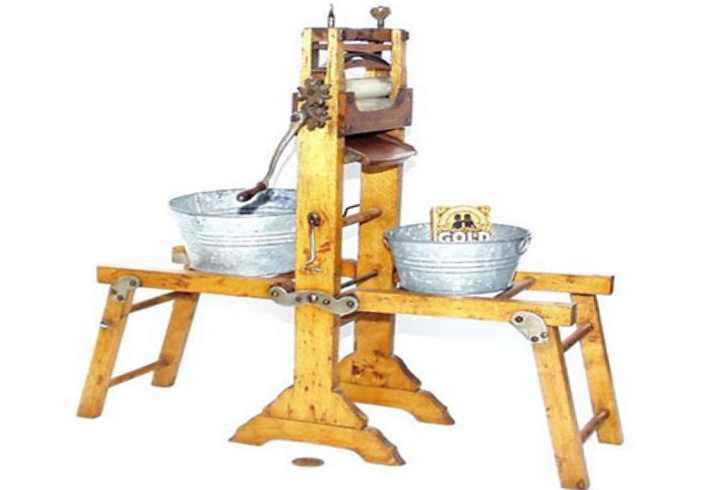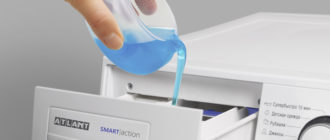 The real inventor of the washing machine is not known. There have been several women and men who have been credited as the creators of this household appliance. There is evidence that washing machines were used as early as the 16th century. These machines, however, bear no resemblance to modern machines. Many people contributed to the design and development of washing machines.
The real inventor of the washing machine is not known. There have been several women and men who have been credited as the creators of this household appliance. There is evidence that washing machines were used as early as the 16th century. These machines, however, bear no resemblance to modern machines. Many people contributed to the design and development of washing machines.
From ancient laundries that used abrasive sand to remove dirt from modern appliances, washing machines have evolved tremendously. The earliest patent relating to washing machines dates back to 1691 in England. So who invented the automatic washing machine?
The earliest washing machines
In what year was the washing machine invented? In 1767, German scientist Jacob Christian Schaffer invented the washing machine. Schaffer was a jack-of-all-trades with degrees in theology and philosophy. He was also a member of several academic societies. The first patent for a washing machine with a rotating drum was issued to Henry Seager in 1782.
In the early years of the 1790s, Edward Beetham successfully sold and marketed several "patent washing mills" throughout England. Three decades after Schaffer's washing machine, a cleaning board was created in 1797 to make washing clothes easier. That same year the first patent, titled "Clothes Washing Machine," was awarded to New Hampshire inventor Nathaniel Briggs. However, there is no picture of the device because of a fire in the patent office in 1836.
Evolution in the world of washing machines
Drum and rotary washing machines
In 1851, James King issued a patent for a washing machine with a drum. This device is the earliest relative of modern washing machines. Although the device was still mostly mechanical, the physical exertion was greatly reduced. King's machine had a motor that was started with a crank. During the 1850s, the King washing machine was improved, mounted on a drum.
Washing machines did not have a rotating mechanism until 1858, when Hamilton Smith issued a patent for a rotary washing machine. In 1861, James King incorporated spinning into his drum machine. All this time the washing machines produced were mainly for commercial use. They were too expensive for many or too cumbersome to use in the household for laundry. The first machine designed specifically for home use was created by William Blackstone of Indiana, USA. He created the machine for his wife as a gift in 1874.
Electrically powered machines
Electrically powered washing machines entered the market in the early 18th century. The first machine was nicknamed the Thor. Alva J. Fisher invented it in 1901. It was a galvanized bath with an electric motor drive. In the same year, metal drums replaced wooden drums. Hurley Machine produced the first electric washing machines on the Fisher prototype in 1908. A patent for this device was issued on August 9, 1910.
Automatic washing machines
By 1950, manufacturers could only offer customers semi-automatic models of washing machines. But in 1962 the situation changed dramatically. The first automatic washing machine appeared on the market. The first automatic washing machine was invented by the Miele Corporation. It had a mechanism for spinning, and it was controlled by only one button and two toggle switches (one for washing mode, the other for drying). The only drawback was a weak spin, but against the background of the pluses, this drawback was insignificant.
In 1978, the firm Miele introduced a new microprocessor-controlled machine. It was no longer necessary to switch modes, everything happened automatically. This was the first automatic washing machine on the market.
On a side note: The first automatic washing machine was invented by the Miele Corporation.
Modern machines
Today, there are various variants of modern washing machines available on the market. Some of the most well-known manufacturers include LG, Bosch и Samsung among others. Although each of these modern machines has unique, proprietary features, they all borrow some aspect of early washing machines. Performance is no longer an issue in washing machines as it was in the early devices. Modern washing machine designs focus primarily on efficiency and reducing energy and water consumption.
Facts about several well-known washing machine companies
The Maytag Corporation began in 1893 when F.L. Maytag began manufacturing farm implements in Newton, Iowa. Business was slow in the winter, so to add to his product line, he introduced a wooden tub washing machine in 1907. Soon Maytag devoted himself entirely to washing machine production.
Whirlpool Corporation was founded in 1911 as the Upton Machine Co. founded in St. Joseph, Michigan, to manufacture motorized wringer washers.
The origins of the Schulthess Group go back more than 150 years. In 1909, they began manufacturing their first washing machines. In 1949 the Schulthess group supported the invention of punch card control for washing machines. In 1951 began production of Europe's first automatic washing machines. In 1978, the first automatic washing machines with microchip control were produced.







Hello. Very nice and informative site. I do repairs on electronic scales and bill validators about the same time as you do on the machines.) I was looking for information on the engine of the machines (I have one, I'm going to hook it to my lathe) and I came across this site by accident. If you have any questions about scales - contact me by e-mail). By the way, and do not do dishwashers by any chance?
I do repairs on electronic scales and bill validators about the same time as you do on the machines.) I was looking for information on the engine of the machines (I have one, I'm going to hook it to my lathe) and I came across this site by accident. If you have any questions about scales - contact me by e-mail). By the way, and do not do dishwashers by any chance?
By the way, I have a machine BEKO WM3500 - bought in about 2004, during this time only the power button failed)